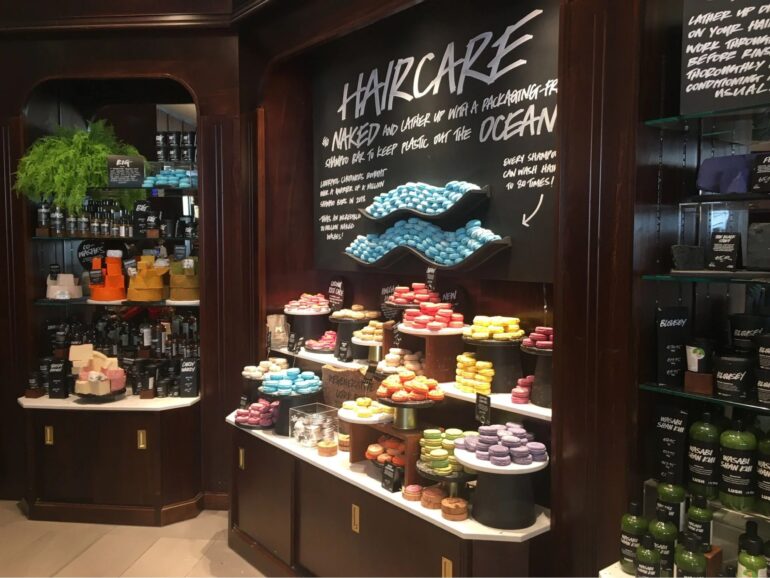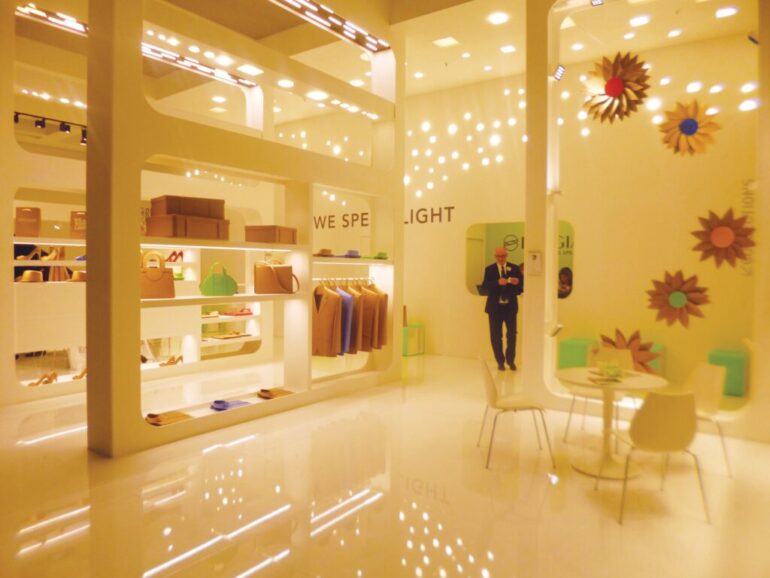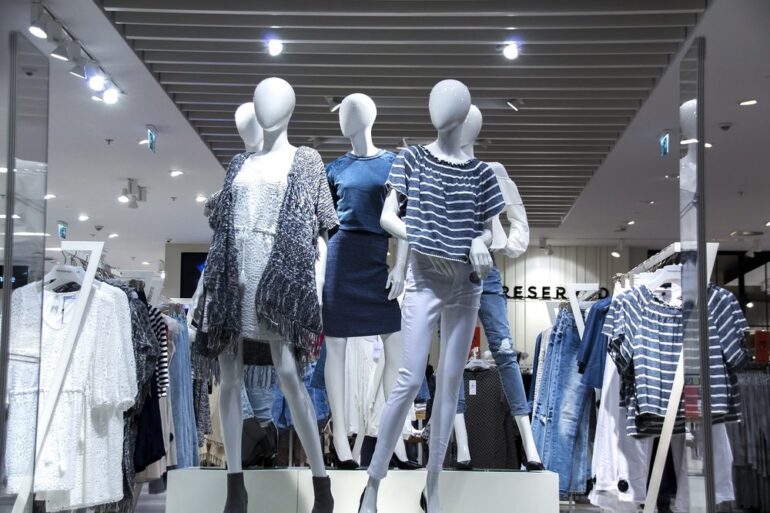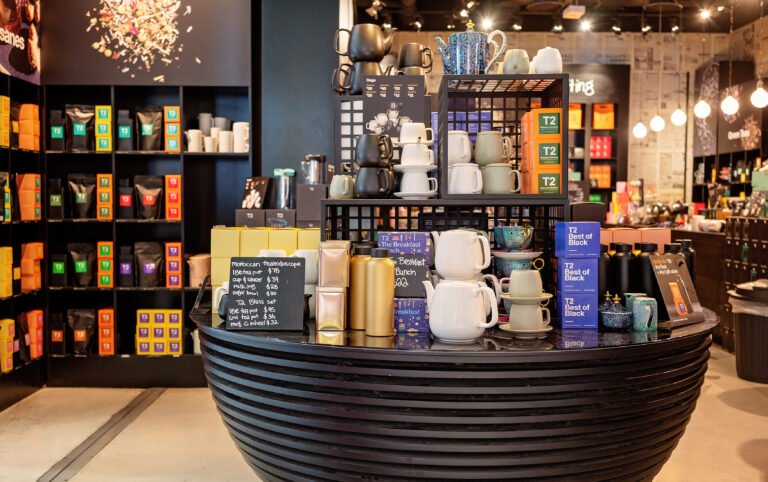In the ever-evolving retail landscape, supermarkets face a myriad of challenges. Among them, captivating the interest of customers and keeping them engaged are particularly daunting tasks. This is where visual merchandising comes into play. As an influential tool, it is crucial in attracting customers, encouraging purchases, and ultimately, driving supermarket success.
The Power of First Impressions
Shoppers’ initial perceptions play a vital role in their buying decision process. The storefront and entrance area should act as an invitation for the customer. Bold signage, well-lit displays, and seasonal or thematic decoration can add to a store’s appeal. Quality visual merchandising in supermarkets that MarketingFIXT.com offers builds an image of the supermarket that resonates with its target audience. Therefore, it’s crucial to design the first impression area that reflects the supermarket’s brand promise effectively.
Eye-Level is Buy-Level

One of the cornerstones of successful supermarket merchandising is the strategic placement of products. The old adage, “eye-level is buy-level,” rings true in most shopping environments. Products placed at eye level are more likely to be noticed and therefore bought by customers. It’s beneficial to rotate these products periodically to maintain shopper interest. Understanding the demographic is essential as well, as ‘eye level’ for adults differs significantly from that of children.
Sensory Engagement for Immersive Shopping Experience
Visual merchandising is not only about the visual appeal of a store. It also includes creating an immersive, multi-sensory experience for shoppers. A well-curated playlist can set the mood, while the scent of freshly baked bread or ground coffee can evoke pleasant emotions and trigger impulse purchases. Interactive displays can engage customers further, making them feel a part of the supermarket’s shopping narrative.
The Role of Lighting in Visual Merchandising

Effective lighting is an often-underestimated factor in visual merchandising. It has the power to highlight certain products, guide the customers through the store, and create an enticing ambiance. Good use of warm and cool lighting can set the tone of different store sections. Spotlighting can draw attention to promotional items or new arrivals, while ambient lighting can contribute to a comfortable shopping experience.
Storytelling Through Thematic Displays
Creating themed displays is another innovative strategy. These could be based on seasons, holidays, events, or customer lifestyle trends. Thematic displays not only attract customers but also provide an opportunity for supermarkets to cross-sell and upsell related products. For instance, a summer display can include barbecue grills, charcoal, outdoor dining ware, and a variety of food items perfect for a backyard party. This form of storytelling allows customers to visualize the product in use, enhancing their propensity to purchase.
Ease of Navigation and Product Grouping

A well-thought-out store layout eases navigation and influences shoppers’ purchase decisions. Aisles should be logically organized and clearly labeled. Similarly, product grouping based on use or type aids in simplifying the shopping process. For instance, placing pasta, sauces, and Italian spices in close proximity helps customers find everything they need for an Italian dinner, increasing their basket size.
Final Thoughts
Visual merchandising is not merely about making a supermarket look appealing. It’s an art and science that combines aesthetics, psychology, and strategic planning to captivate shoppers, maximize sales, and cultivate customer loyalty. Supermarkets that can create a visually and sensory appealing environment that resonates with their shoppers will be well-positioned to enjoy sustained success in today’s competitive retail landscape. Therefore, visual merchandising must be an integral part of a supermarket’s broader business strategy.

